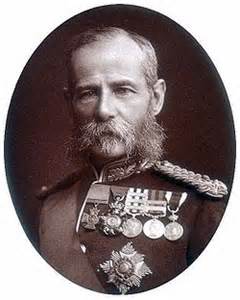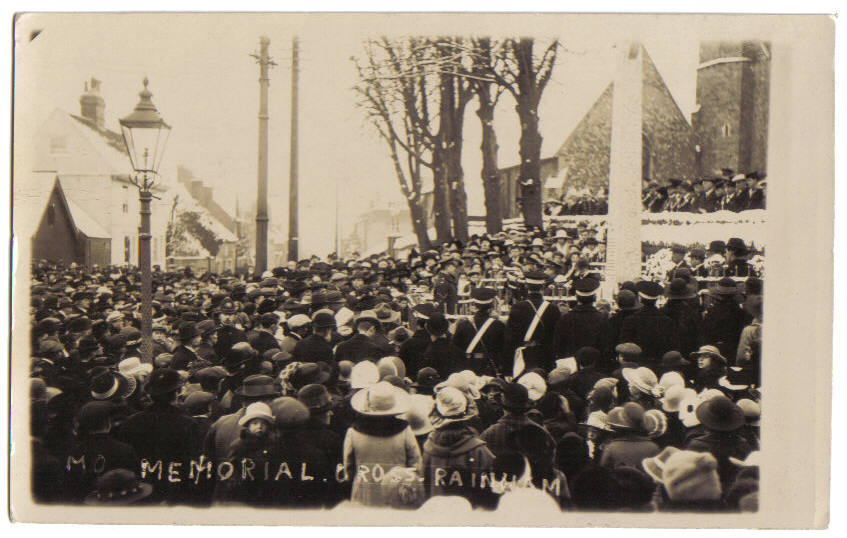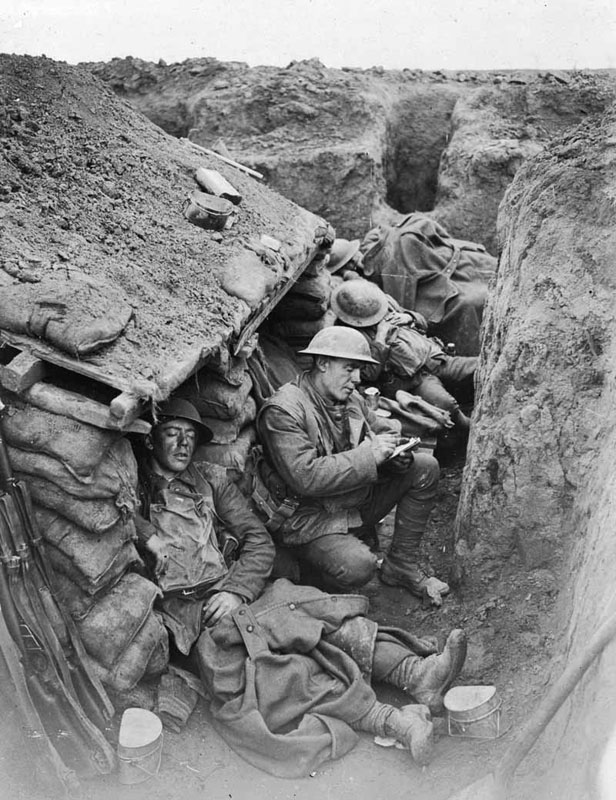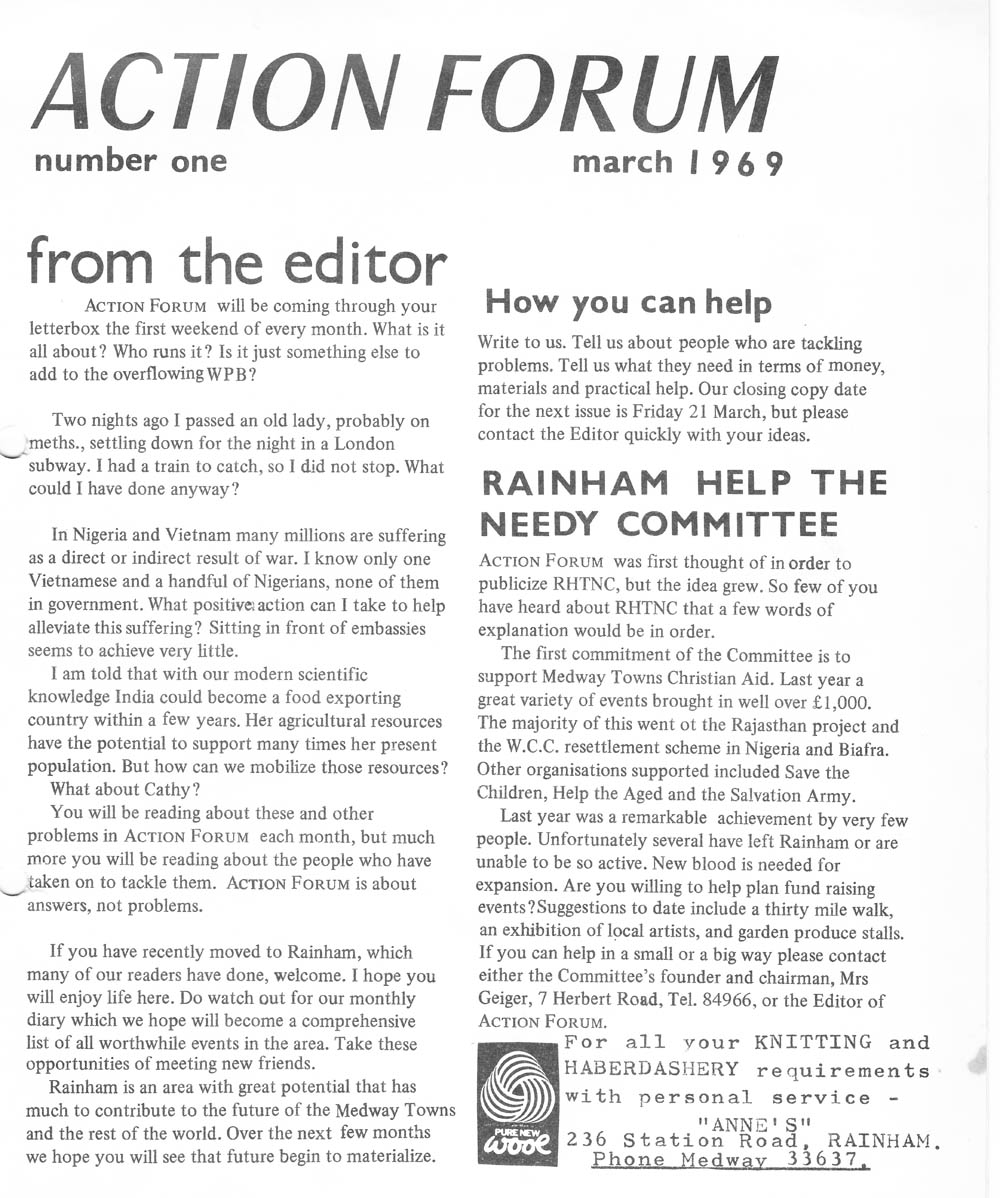Upchurch Pottery in Rainham
Upchurch Pottery in Rainham
Although the pottery is named after the village of Upchurch the business started in Rainham when Seymour and Dora Wakeley who had an interest in pottery, had a bottle and kiln workshop constructed in a chalk pit just off Seymour Road on Wakeley family land. While designer Edward Spencer gave a helping hand and advice, Dora Wakeley spent her free time obtaining clay and Roman pots from the Upchurch marshes, had her designs made into her own wares and exhibited these in London at places like Crystal Palace. She described her business to the East Kent Gazette dated March 20th 1920.
“I was first interested in the potter’s art as a hobby. When I started in a very small way before the war I little dreamt that it would develop into a revived history. I enjoyed hunting round museums for designs and most of my models have been copied from Chinese and Korean wares of the 15th century. I supply Upchurch pottery to several West-End firms and as a result of this fair I have been asked to accept far more orders than I can ever hope to execute.”
At the beginning conditions for producing pottery at the workshop were basic without gas or electricity, kick wheels were used to turn the pots and water was obtained and brought to the workshop from a nearby pond. The coal fired kiln proved to be very unpredictable and the clay obtained locally. Despite these problems Upchurch pottery became well-known far and wide over time.
Potter Ted Baker who resided at Windmill Hill in Upchurch became a major reason why the pottery obtained its fame. He had originally worked with his father in the family flower pot business when he left school. He then spent some time in London where he worked in Reginald Wells’s pottery in Chelsea. Wells became a personal friend of Seymour Wakeley.
Ted Baker returned to Kent from London in 1913 and Seymour Wakeley immediately employed him as a potter at his workshop. The designs Baker worked on were mainly influenced by Greek and Roman vases and he used a style of soft colours with a matt finish. This became a characteristic of Upchurch Pottery. His glaze recipe books show that he used a large amount of boracic which intensifies colour and reduces expansion of the glaze to prevent cracking. The pottery had extraordinary and delicate colouring. The pots were fired to a great heat, up to 2,000 degrees, which caused unexpected colour effects. Dora Wakeley continued to be responsible for designs put into practice by Ted Baker, and designer Edward Spencer advised and collaborated with him with regard to glaze recipes.
During the 1920s Upchurch glazes lost popularity, described by some experts as being sombre and stolid but after 1933 the glazes became more pastel and softer. Ted Baker perfected this characteristic, and the products were exhibited at major trade fairs. His work became very popular and in demand. The pottery obtained so much fame that Queen Mary became a patron.
Due to the deterioration of the Seymour Road building the original site for the Upchurch Pottery was demolished in 1936 and Seymour Wakeley sold the business to Oscar and Grace Davies who opened the Roeginga Pottery in Rainham High Street. It only operated under them for two years but they recruited Ted Baker’s son Edward to manage it. Mrs Alice Winnecott then purchased the pottery, hired the services of Ted Baker and developed the Claverdon Range of pottery which became very popular. A thatched roof Tudor café and a pottery shop set in gardens and lawn existed close to the Man of Kent pub to attract potential customers travelling along the A2.
Although the Roeginga pottery didn’t function during World War Two it re-opened in 1948 and Ted Baker became the subject of a black and white film made at the pottery which showed the different stages of manufacture in pot making and the business did well with 200 items being produced in 1949, most of which were exported abroad.
During the summer months travellers on the way to the coast frequently stopped to watch Ted Baker at work in the pottery. After making enough money he eventually purchased the business from Mrs Winnecott in 1953. He then ran it as his own business with his two sons and they made pots for clients all over the world but in 1955 he died. Edward Baker junior then bought the business in 1956 and renamed it Rainham Pottery. After 18 more years it finally closed in 1963 mainly due to the competition of cheaper, mass produced ware and the construction of the M2 motorway which took away a lot of trade. Edward Baker continued to run the Roeginga pottery until he retired in 1975.
Today Upchurch pottery is still in demand, a style well-known in the porcelain market nationwide and is recognizable by its distinctive colouring and finishing.



















































































































































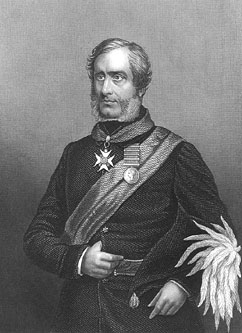 Sir Henry Havelock
Sir Henry Havelock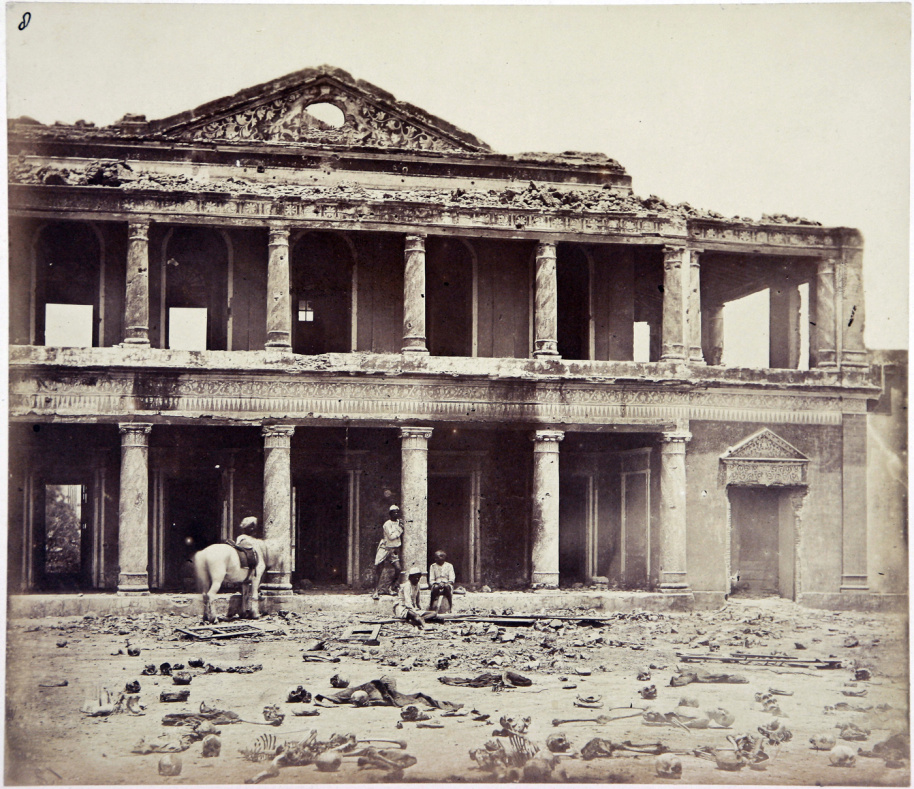 The siege and relief of the city cost the British 2,500 killed, wounded or missing. After this Sparling marched with his regiment to relieve Cawnpore which had been captured by Indian forces, but they arrived too late to prevent the massacre of 120 women and children based there. After the British had surrendered Cawnpore to the Indians in return for safe passage to Allahabad, the men were executed and the women and children hacked to death with meat cleavers and their remains thrown into a well to conceal the evidence. This led to retaliatory counter atrocities by the outraged British relief force soldiers who killed an estimated 7,000 Indian locals and executed many of the leaders of the mutiny.
The siege and relief of the city cost the British 2,500 killed, wounded or missing. After this Sparling marched with his regiment to relieve Cawnpore which had been captured by Indian forces, but they arrived too late to prevent the massacre of 120 women and children based there. After the British had surrendered Cawnpore to the Indians in return for safe passage to Allahabad, the men were executed and the women and children hacked to death with meat cleavers and their remains thrown into a well to conceal the evidence. This led to retaliatory counter atrocities by the outraged British relief force soldiers who killed an estimated 7,000 Indian locals and executed many of the leaders of the mutiny.